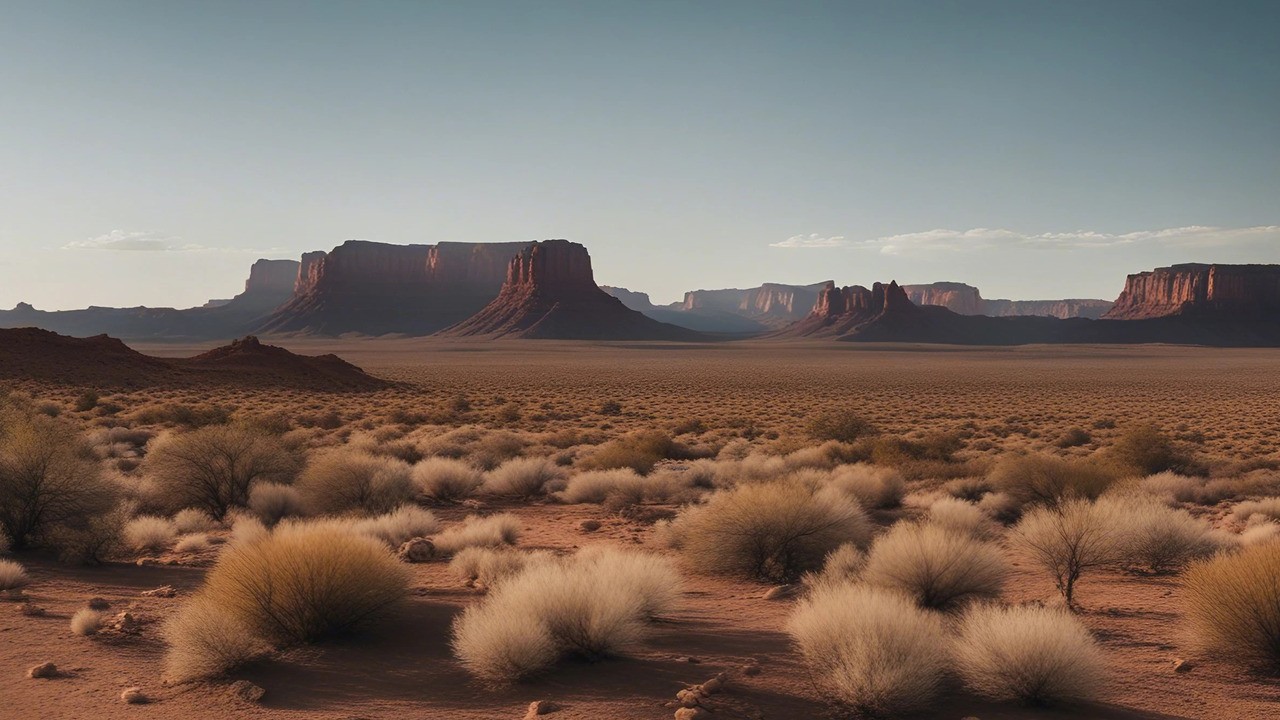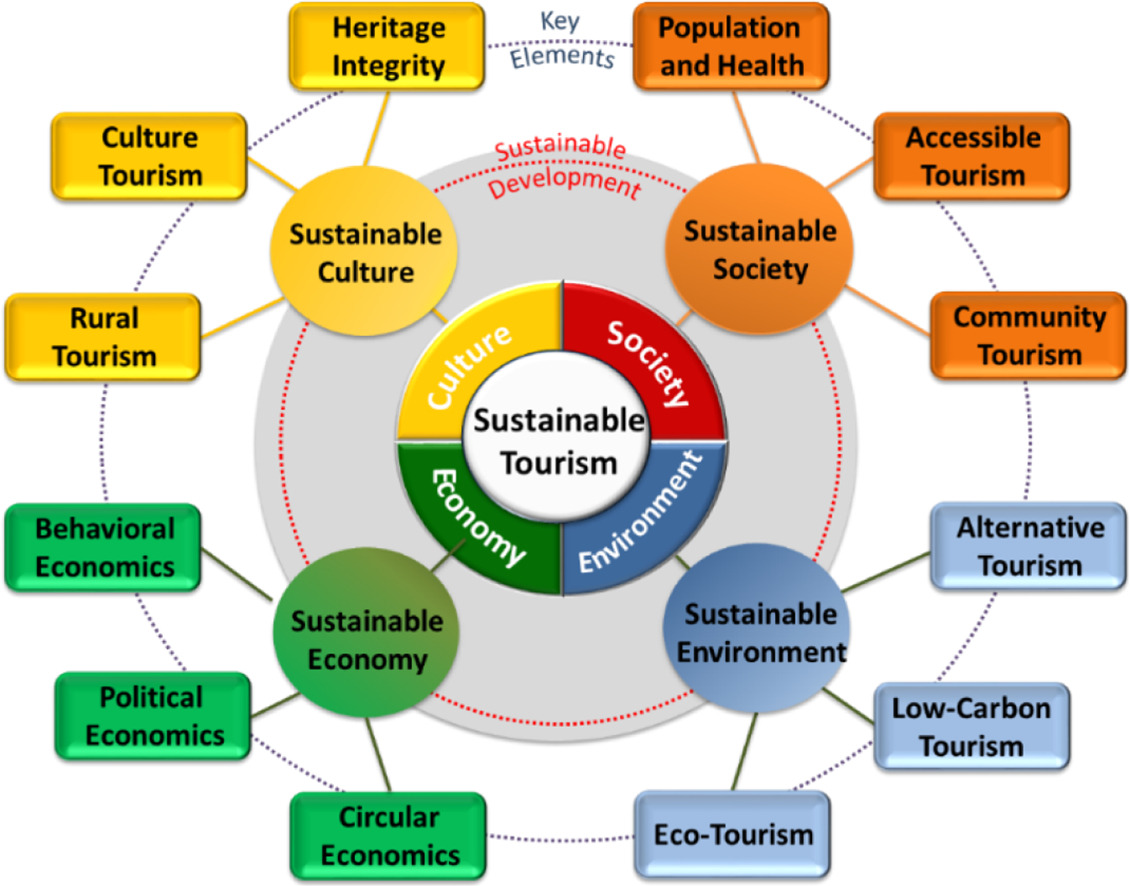
Guardians of the Grand Landscape: Navajo Nation Forges a Sustainable Path for Tourism
The Navajo Nation, an expansive and breathtaking territory larger than ten U.S. states combined, stretching across Arizona, Utah, and New Mexico, is not merely a destination; it is a living testament to resilience, deep cultural heritage, and an unwavering commitment to the land. For generations, its iconic landscapes – from the crimson mesas of Monument Valley to the ethereal curves of Antelope Canyon – have captivated the world. Yet, for too long, the benefits of this allure often bypassed the very people whose ancestral lands and stories drew the crowds. Today, the Navajo Nation is charting a new course, one rooted in sustainable tourism initiatives that prioritize cultural preservation, environmental stewardship, and economic empowerment for its people, the Diné. This is not just about managing visitors; it’s about reclaiming narrative, ensuring sovereignty, and building a future where tourism serves the Nation’s profound values.
At the heart of the Navajo Nation’s sustainable tourism model is an uncompromising dedication to cultural preservation and authenticity. Unlike many commercialized tourist hubs, the Diné approach tourism as a vehicle for sharing, not exploiting, their rich heritage. Visitors are not merely spectators; they are guests invited to experience the living culture of a sovereign nation. This commitment manifests in strict regulations and practices. For instance, within all Navajo Tribal Parks, guided tours are exclusively led by authorized Navajo guides, ensuring that the stories, history, and sacred significance of the land are conveyed accurately and respectfully. "Our culture is not for sale; it is for sharing and understanding," states Lena Manygoats, a long-time Navajo guide in Monument Valley. "When visitors come, they are stepping onto sacred ground, and it is our responsibility to teach them, not just show them a view." This policy not only guarantees authentic cultural interpretation but also creates vital employment opportunities directly within the community. The Navajo Nation Department of Tourism actively promotes cultural immersion experiences, such as traditional weaving demonstrations, storytelling sessions, and participation in cultural events, ensuring that these interactions are respectful and enriching for both guests and hosts.
Parallel to cultural preservation is the paramount importance of environmental stewardship. For the Diné, the land, or Diné Bikéyah, is not merely property but a living entity, a relative deserving of profound respect and protection. This deep-seated reverence forms the bedrock of their environmental tourism policies. Initiatives focus on low-impact tourism, minimizing the ecological footprint of visitors. Designated trails, restricted access to sensitive ecological or sacred sites, and rigorous waste management programs are standard across all tribal parks and permitted areas.
A prime example of this careful balance is Antelope Canyon. One of the most photographed slot canyons in the world, its delicate sandstone formations and shifting light present a significant management challenge. To protect its fragile environment and cultural significance, access is strictly controlled. Visitors can only enter Antelope Canyon with an authorized Navajo guide, booked through one of the few tribal-licensed tour operators. This system not only ensures safety but also allows guides to educate visitors on the canyon’s geological formation, its spiritual significance, and the importance of leaving no trace. The revenue generated from these tours directly supports the Navajo Nation and its local communities, creating a sustainable economic loop. The fact that access to such a globally renowned site is entirely managed by the Navajo Nation stands as a powerful testament to their sovereignty and commitment to responsible tourism.
The economic benefits of these initiatives are designed to flow directly back into the Navajo Nation’s communities, fostering self-sufficiency and empowering local entrepreneurs. Tourism revenue supports vital public services, funds educational programs, and contributes to infrastructure development that might otherwise be lacking in remote areas. The jobs created are diverse, extending beyond guides to include hospitality services, artisan markets, food vendors, and administrative roles. For example, the Navajo Nation Parks & Recreation department, which manages iconic sites like Monument Valley, Canyon de Chelly, and Little Colorado River Gorge, ensures that park entrance fees and concession revenues are reinvested into park maintenance, conservation efforts, and local community projects. This contrasts sharply with historical models where external entities often profited most from attractions on Native lands, with minimal returns to the indigenous communities.

Community engagement and self-determination are integral to the planning and execution of all tourism initiatives. The Navajo Nation Council, along with various departments such as the Navajo Nation Department of Tourism and Navajo Parks & Recreation, works closely with local chapters and communities to ensure that tourism development aligns with tribal values and long-term goals. Decisions regarding new attractions, infrastructure, or visitor management strategies are made with extensive consultation, reflecting the collective will of the Diné people. This ensures that tourism development is not imposed from the outside but organically grows from within, respecting local customs and needs. During the COVID-19 pandemic, for instance, the Navajo Nation made the difficult but necessary decision to close all parks and restrict visitor access to protect its vulnerable communities, demonstrating a profound commitment to public health over immediate economic gain – a decision rooted in self-determination and community welfare.
Beyond the well-known sites, the Navajo Nation is also exploring new avenues for sustainable tourism, promoting lesser-known but equally captivating destinations and experiences. Efforts are underway to develop eco-tourism opportunities that emphasize conservation and provide educational experiences about the unique ecosystems within the Nation, such as the Navajo Nation Zoo and Botanical Park, which focuses on indigenous plants and animals. There’s also a growing emphasis on agritourism, allowing visitors to experience traditional Navajo farming practices and contribute to local food systems. These diverse offerings aim to disperse visitors across the vast Nation, reducing pressure on popular sites while distributing economic benefits more broadly.
However, the journey towards sustainable tourism is not without its challenges. Managing the ever-increasing demand for popular sites like Antelope Canyon requires constant vigilance and adaptation. Infrastructure development in remote areas, while crucial for enhancing visitor experience and local quality of life, must be undertaken with careful planning to avoid environmental degradation. Balancing the economic imperative with the sacred responsibility to protect the land and culture is an ongoing dialogue. The Navajo Nation continues to advocate for greater federal support for tribal tourism initiatives and to fight against commercial exploitation from external parties who seek to profit without respecting tribal sovereignty or contributing to local communities.
In essence, the Navajo Nation stands as a powerful exemplar of sustainable tourism in action. Their approach is holistic, intertwining cultural preservation, environmental stewardship, and economic empowerment into a cohesive strategy. It is a model built on respect – respect for the land, respect for culture, and respect for self-determination. By centering the Diné people and their values, the Navajo Nation is not just inviting the world to witness its grandeur; it is inviting them to understand, to learn, and to appreciate a sovereign nation’s unwavering commitment to preserving its legacy for generations to come. Their journey demonstrates that tourism, when managed with intentionality and deep cultural understanding, can indeed be a force for good, enriching both visitors and the communities they encounter. The crimson mesas and whispering canyons of the Navajo Nation are not just beautiful landscapes; they are living classrooms, teaching the world what it truly means to be a guardian of the grand landscape.



